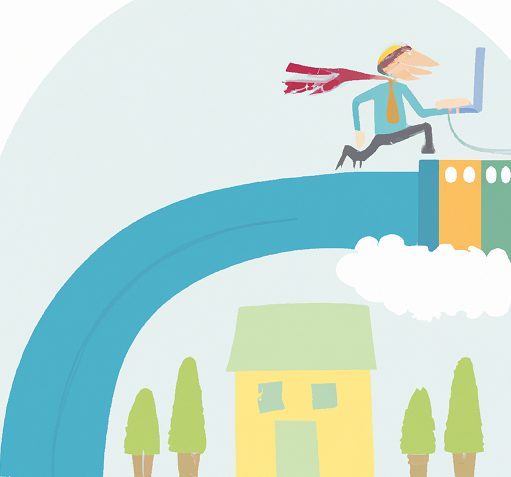28-Mar-2023: MeitY organises two-day event on Universal Acceptance Day to promote multilingual internet for digital inclusion in India
National Internet Exchange of India (NIXI), a non-for-profit company, under the aegis of Ministry of Electronics and Information Technology (MeitY), successfully organised a 2-day event (27-28th March) on Universal Acceptance Day to drive collaborative efforts for an inclusive and multilingual internet in India.
Elaborating on the importance of Universal Acceptance, MeitY Additional Secretary Shri Bhuvnesh Kumar said, "India is home to more than 18,000 dialects. As we move from one city to another, pronunciation and ways of speaking change completely. The country has the most internet users but it must be noted that language barriers also make it a base of the largest numbers of non-users who do not speak English. It is very important that we not just provide internet services but also create emails and websites in native languages. Providing a multilingual internet user interface is crucial for bridging the current digital divide. Through Universal Acceptance, we can connect with non-internet users and promote digital inclusion across the country and the world.”
Various experts who engaged in thought-provoking sessions during the event noted that the next 1 billion internet users are likely to come from non-English speaking countries, heightening the need towards achieving a multilingual internet to make it accessible for all. Additionally, adoption of UA in India can add another 500 million broadband users which can add value to the digital economy, promote startup ecosystems and generate employment opportunities in the country.
The Department of Telecommunications (DoT) has updated the definition and raised the minimum speed requirement for broadband from 512Kbps to 2Mbps, based on the Telecom Regulatory Authority of India's (TRAI) recommendation. There are 825.38 million broadband users in India, using broadband by the past definition, as of November 2022.
New Definition of Broadband
Broadband is a data connection that can support interactive services including Internet access and has the capability of the minimum download speed of 2 Mbps (Megabits per second) to an individual subscriber from the point of presence (POP) of the service provider intending to provide Broadband service. Wired broadband and wireless broadband will both be subject to this 2Mbps limit.
Current Status of Broadband Speeds
- Median Wired Broadband Speed in India is over 75Mbps.
- Median Wireless Broadband (mobile) Speed is over 36Mbps.
- Broadband speed is expected to further increase as 5G network expands.
Broadband Technology
Broadband technology refers to the transmission of data at high speeds over a network. It is a term used to describe any internet connection that is faster than a dial-up connection. Broadband connections can be delivered through a variety of technologies, including DSL, cable, fiber optic, and satellite.
DSL, or Digital Subscriber Line, is a type of broadband technology that uses existing phone lines to provide internet access. DSL can deliver download speeds of up to 100 Mbps and upload speeds of up to 20 Mbps, depending on the quality of the phone lines.
Cable broadband, on the other hand, uses the same coaxial cable that delivers TV signals to provide internet access. Cable broadband can deliver download speeds of up to 1 Gbps and upload speeds of up to 50 Mbps, depending on the quality of the cable and the network infrastructure.
Fiber optic broadband is the fastest and most reliable broadband technology available today. It uses light to transmit data over optical cables, which can deliver download speeds of up to 10 Gbps and upload speeds of up to 1 Gbps. However, the availability of fiber optic broadband is still limited in many parts of the world.
Satellite broadband is a type of broadband technology that uses satellites orbiting the Earth to provide internet access. It is typically used in rural areas where other types of broadband are not available. Satellite broadband can deliver download speeds of up to 100 Mbps and upload speeds of up to 15 Mbps, but it is often more expensive than other types of broadband.
One of the main advantages of broadband technology is its ability to provide high-speed internet access, which allows people to stream video, play online games, and download large files quickly and easily. It also enables businesses to communicate more efficiently and collaborate on projects in real-time.
21-Jan-2023: Proposal of Caller Name Presentation (CNAP)
Telecom Regulatory Authority (TRAI)
- Proposals regarding Caller Name Presentation (CNAP)
- Telecom operators have concerns about privacy implications
- Technical difficulty in executing CNAP on many phones in Indian market
Caller Name Presentation (CNAP)
- Allows users to know the identity of the person calling them
- Helps in making informed choices about calls and curbing harassment/spam
- No unifying solution offered by telecom operators
- Some third-party apps offer similar service but depend on crowd-sourced data

